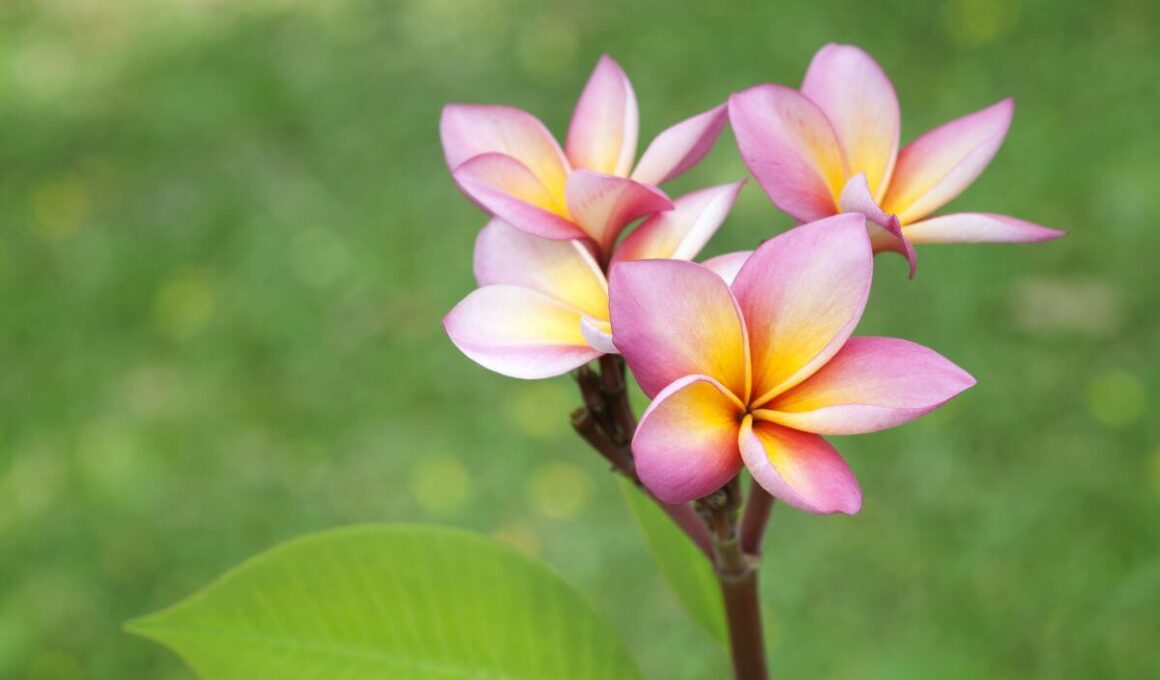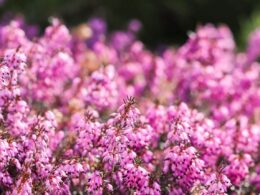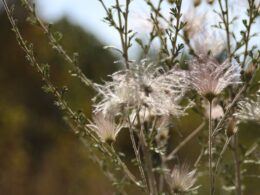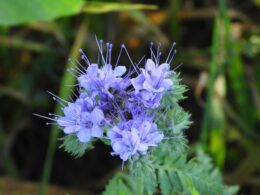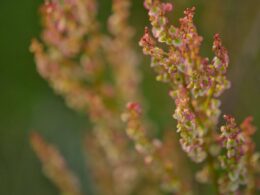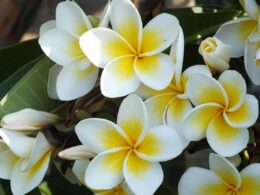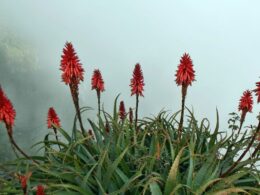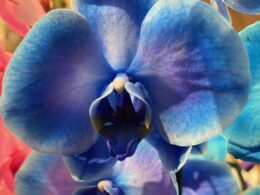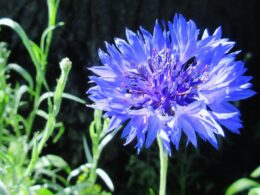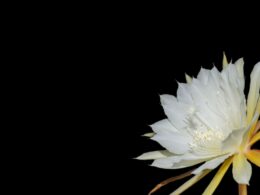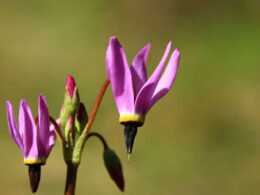Plumeria, Also Known as the Frangipani Flower
Plumeria (common name Frangipani) is a genus of flowering plants in the Apocynaceae family. The Plumeria, also known as the Frangipani Flower, is a beautiful and unique flower that originates from Central America. Plumeria is often used in leis and other Hawaiian flower arrangements. The flowers are very fragrant, making them a popular choice for perfumes and lotions.
Frangipani Flower Appearance
The flowers of plumeria come in white, pink, yellow, orange and are about 5-8 cm (2-3 inches) wide. Plumeria has the strongest fragnance at night, when they lure sphinx moths to pollinate them. Plumeria flowers are used in leis in Hawaii and other Pacific Islands. The flowers can also be used to make perfumes. Plumeria trees can grow to be quite large and can reach heights of up to 25 feet. The leaves are simple and oblong with pointed tips. The bark is smooth and grayish-white in color.
Frangipani Flower Distribution and Habitat
The frangipani flower is a beautiful and fragrant bloom that is native to tropical regions around the world. In the wild, these flowers can be found growing on trees. The frangipani flower is native to Mexico, Central America, the Caribbean, and parts of South America. However, it has been introduced to other areas with warmer climates, such as Hawaii, the Philippines, and parts of Australia.
Frangipani Flower Blooming Season
The frangipani flowering season usually runs from November to April. However, the exact timing of the season can vary depending on the weather conditions in any given year. In cooler areas, the blooming season may be shorter, while in warmer regions, the flowers may bloom throughout many months.
Frangipani Flower Care
Frangipanis are relatively easy to care for, but there are a few things to keep in mind in order to ensure that your plants thrive.
Watering
The frangipani flower is a tropical plant that originates from Central America. It is a popular choice for gardens in warm climates, as it is relatively easy to care for and produces beautiful flowers. While the frangipani flower is tolerant of drought conditions, it will produce more flowers if it is given regular watering. For best results, water the plant deeply every 1-2 weeks, allowing the soil to dry out slightly between watering. During hot weather, you may need to water more frequently to prevent the leaves from wilting.
Temperature
These flowers are relatively easy to care for, they do have specific temperature needs. Frangipani flowers thrive in warm weather, and they can tolerate temperatures up to 95 degrees Fahrenheit. However, they will begin to wilt at temperatures below 60 degrees Fahrenheit.
Fertilizing
One of the key ways to keep your frangipani healthy is by fertilizing it on a regular basis. Frangipani flowers should be fertilized once per week during the growing season. Fertilizing also helps to encourage more blooms, so you can enjoy the beauty of your frangipani for even longer. If you want to keep your frangipani looking its best, be sure to give it the nutrients it needs with a regular fertilizing schedule.
Pruning
The best time to prune a frangipani is after the flowering season has ended, so in the winter or early spring. This will give the plant time to heal before the next blooming cycle begins. When pruning, be sure to remove any dead or damaged branches. Also, don’t be afraid to trim back overgrown branches to encourage new growth.
Light Exposure
Plumeria plants need at least 6 to 8 hours of direct sunlight each day to bloom well. If they do not receive enough sunlight, the plumeria blooms will be smaller and fewer in number. In addition, the leaves of a plumeria plant that does not get enough light will turn pale green or yellow.
How to Grow Frangipani?
Frangipani prefers full sun and well-drained soil. To plant frangipani, dig a hole that is twice as wide as the tree’s root ball. Gently remove the tree from its pot and place it in the hole. Backfill with soil and water deeply. Frangipani flowers should be watered regularly during the growing season, but allowed to dry out between watering. Fertilize with a balanced fertilizer during the growing season.
Frangipani can be propagated by taking stem cuttings from an existing tree. Cuttings should be 6-8 inches long and taken from new growth. Remove the lower leaves and dip the cut end in rooting hormone. Plant the cutting in moistened potting mix and cover with a plastic bag to create humidity. Place in a warm, sunny spot and keep the soil moist. Cuttings should root within 8-13 weeks. Spring and summer are the best months for planting plumeria.
Frangipani Flower Common Problems
These plants are also susceptible to a number of fungal diseases, including downy mildew, powdery mildew, and frangipani rust. Downy mildew appears as white or greyish-white patches on the leaves, often with a downy texture. Powdery mildew produces a white or grey powdery substance on the leaves and stems, and can eventually lead to leaf loss. Frangipani rust is characterized by yellow, orange, or red pustules on the leaves.
These diseases can weaken the plant and may eventually lead to death. To prevent these diseases from damaging your frangipani plants, it is important to practice good gardening hygiene and to select disease-resistant varieties.





